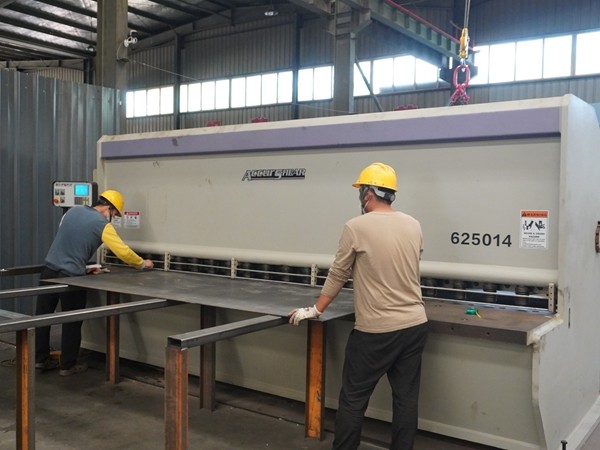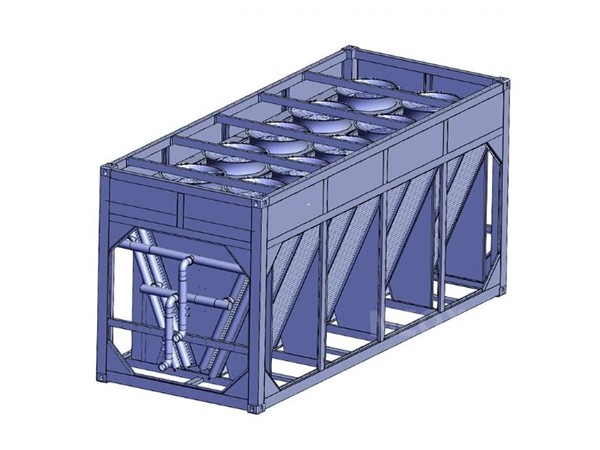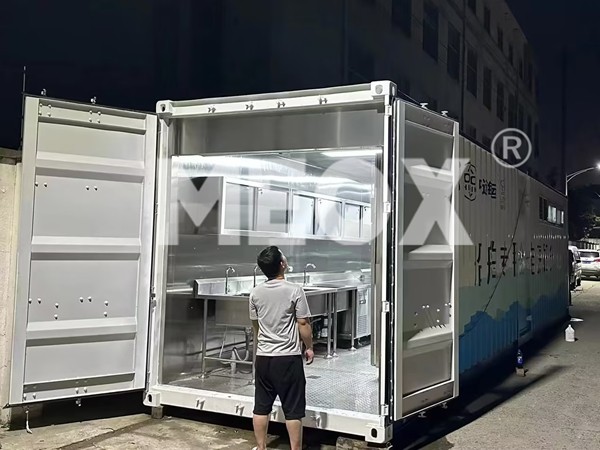The global interest in shipping container homes has surged in recent years, driven by their affordability, eco-friendliness, and versatility. However, understanding the dimensions and implications of using shipping containers for homes is crucial for potential homeowners and builders to make informed decisions. This journey into the world of shipping container homes will provide insights from experienced builders, outline the techno-ecosystem associated with containers, highlight their architectural versatility, and address trustworthiness considerations.
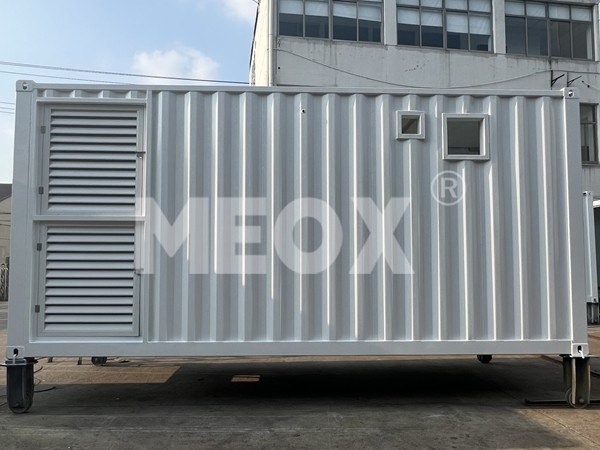
Shipping containers are standardized in their construction, initially designed for efficient and secure transport of goods across the seas. Typically, shipping containers come in two main sizes the 20-foot container and the 40-foot container. The standard 20-foot container measures approximately 8 feet wide and 8.5 feet high, encompassing a total space of about 160 square feet. On the other hand, the 40-foot container maintains the same width and height but doubles the length, providing about 320 square feet of living space. There are also variations such as high-cube containers which add an extra foot of ceiling height, significantly affecting the internal volume and spatial design options.
Experts in shipping container architecture emphasize the importance of considering both the benefits and challenges these sizes present. Smaller containers can limit spatial configurations but are ideal for compact urban dwellings or extensions to existing structures. The compact size can reduce the carbon footprint and fit into tighter spaces where traditional housing may not. The larger 40-foot containers offer more flexibility for layouts and can be combined to create multi-story residences.
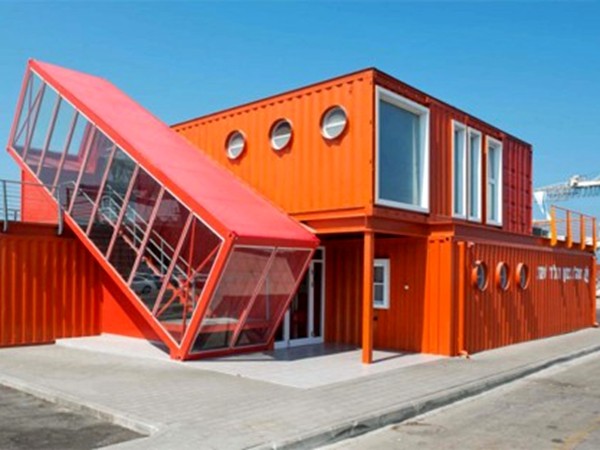
However, creating a home from shipping containers entails more than just understanding dimensions. Experience from established builders indicates that structural integrity is vital. Containers are designed to be stacked and withstand considerable weight and environmental stress during transportation, but modifying them requires structural analysis to ensure they remain safe and functional as a home. Cutouts for doors and windows weaken the structure; therefore, reinforcing these areas is essential.
Furthermore, attention must be paid to insulation and climate control. Shipping containers are made of steel, which is a conductor of heat and cold, making proper insulation critical for maintaining comfortable indoor climates. Many successful projects use spray foam or insulated panels, which experts recommend during the planning stage.size of shipping containers for homes
Adopting a container-based architecture also involves navigating regional building codes and zoning laws. Experienced builders suggest consulting with local authorities early in the process, as regulations can vary significantly, impacting what modifications are permissible. This diligence enhances the trustworthiness of container homes as a viable housing option.
The authoritative advice from previous projects underscores the flexibility and innovation achievable with shipping container homes. Creative architectural solutions, such as combining multiple units at different angles or elevations, lead to unique and functional spaces that challenge traditional perceptions of housing.
Finally, trustworthiness in shipping container homes comes from verifying the origin and condition of the containers. Used containers, while more affordable, may have transported hazardous materials, necessitating thorough cleaning and examination. Reputable suppliers should offer certified containers, ensuring they meet necessary safety standards.
In summary, the exploration into shipping container sizes for homes reveals a cost-effective and sustainable housing solution. The practical knowledge and expert insights shared by seasoned professionals guide new builders and homeowners through navigating size-related considerations alongside critical architectural and regulatory diligence. As the world embraces more innovative housing solutions, container homes stand as a testament to creativity meeting functional design.

